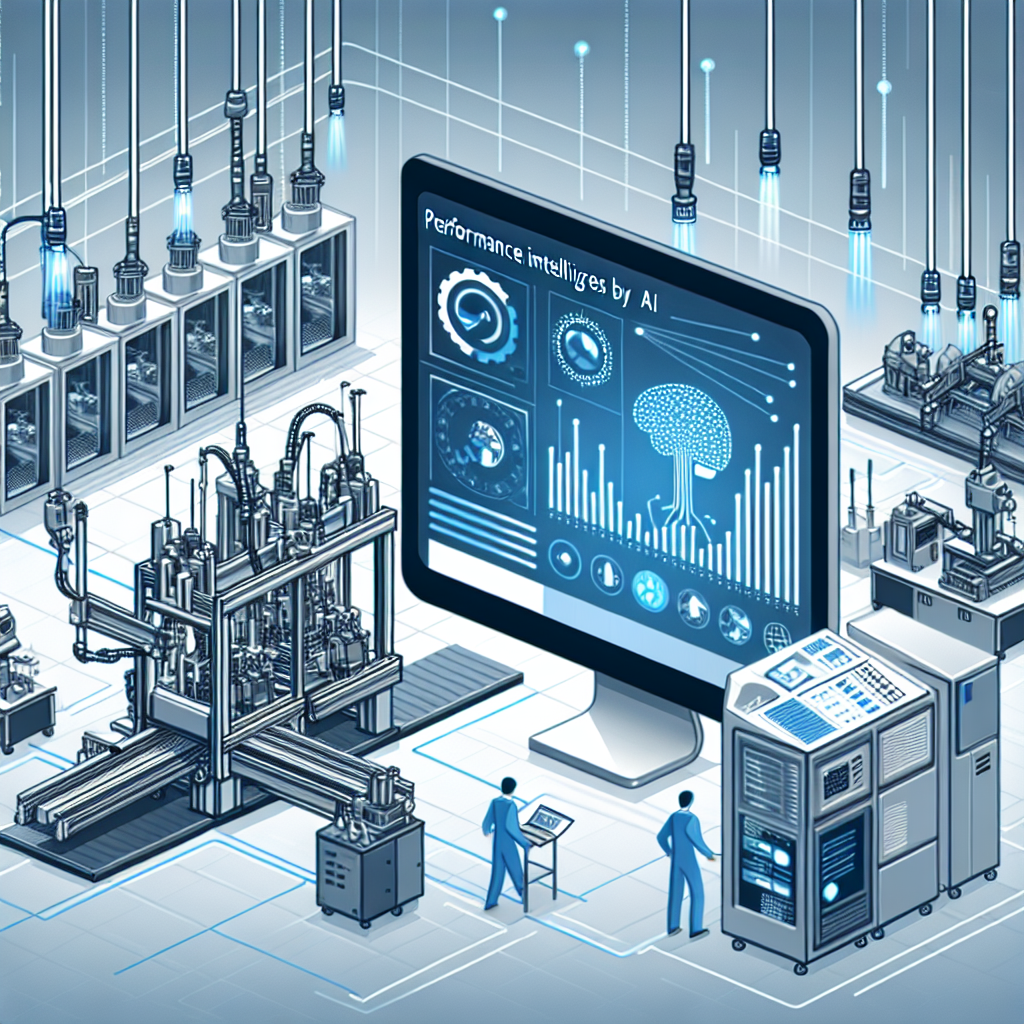In today’s fast-paced manufacturing industry, companies are constantly looking for ways to improve efficiency, reduce downtime, and maximize productivity. One way that manufacturers are achieving these goals is by utilizing artificial intelligence (AI) for real-time performance analysis.
AI has the ability to collect and analyze vast amounts of data in real-time, allowing manufacturers to identify performance issues and make immediate adjustments to optimize production processes. By harnessing the power of AI, manufacturers can improve product quality, reduce waste, and increase overall efficiency.
One of the key benefits of using AI for real-time performance analysis in manufacturing is the ability to predict and prevent equipment failures before they occur. By analyzing data from sensors and other sources, AI can detect patterns and anomalies that may indicate potential issues with machinery. This allows manufacturers to take proactive measures to address the problem before it leads to costly downtime.
Another advantage of using AI for real-time performance analysis is the ability to optimize production processes. By analyzing data on factors such as machine speed, temperature, and pressure, AI can identify opportunities to improve efficiency and reduce waste. This can result in significant cost savings for manufacturers and lead to increased profitability.
Additionally, AI can be used to monitor and analyze the performance of individual workers on the production line. By tracking metrics such as productivity, error rates, and adherence to safety procedures, AI can help identify areas where employees may need additional training or support. This can lead to a more skilled and efficient workforce, ultimately improving overall performance in the manufacturing plant.
FAQs:
Q: How does AI collect data for real-time performance analysis in manufacturing?
A: AI collects data from a variety of sources, including sensors, cameras, and other monitoring devices. This data is then analyzed in real-time to identify patterns and trends that can be used to improve performance.
Q: What types of performance issues can AI detect in manufacturing?
A: AI can detect a wide range of performance issues, including equipment failures, production bottlenecks, quality control issues, and worker inefficiencies.
Q: How can manufacturers implement AI for real-time performance analysis?
A: Manufacturers can implement AI for real-time performance analysis by investing in the necessary hardware and software, training employees on how to use the technology, and integrating AI into existing production processes.
Q: What are the benefits of using AI for real-time performance analysis in manufacturing?
A: The benefits of using AI for real-time performance analysis in manufacturing include increased efficiency, reduced downtime, improved product quality, and cost savings.
Q: Are there any challenges associated with implementing AI for real-time performance analysis in manufacturing?
A: Some challenges associated with implementing AI for real-time performance analysis in manufacturing include the cost of the technology, the need for specialized training, and potential resistance from employees who may be wary of automation. However, with proper planning and support, these challenges can be overcome.
In conclusion, utilizing AI for real-time performance analysis in manufacturing offers numerous benefits for companies looking to improve efficiency, reduce downtime, and optimize production processes. By harnessing the power of AI, manufacturers can gain valuable insights into their operations and make data-driven decisions to drive continuous improvement and success.

